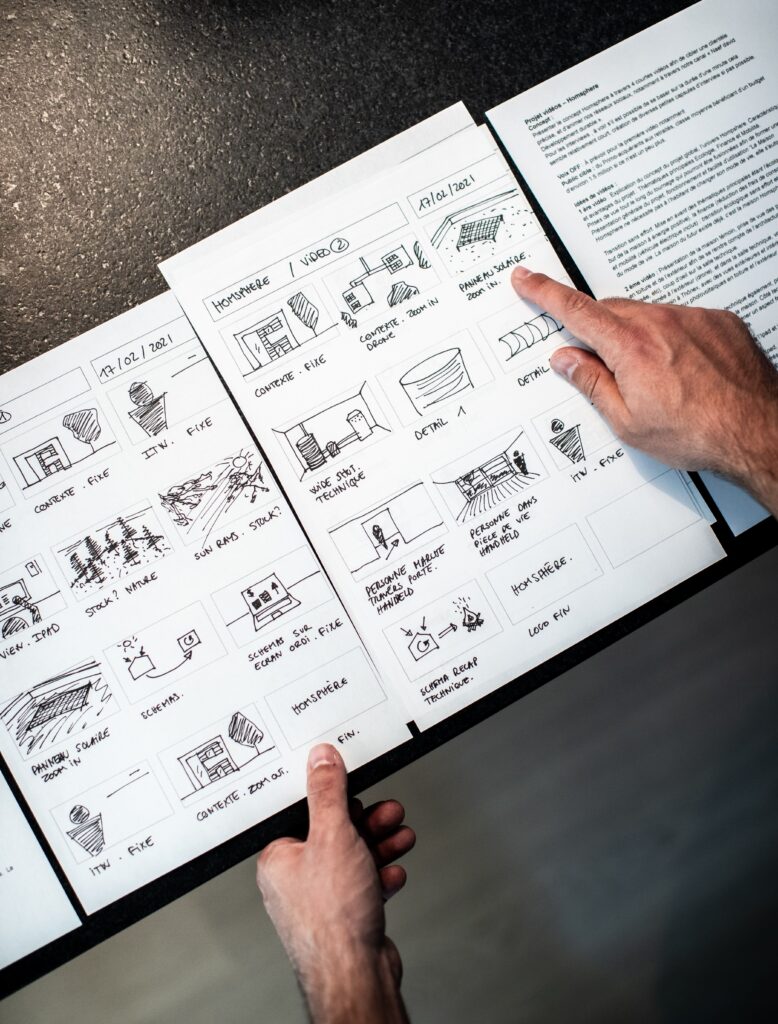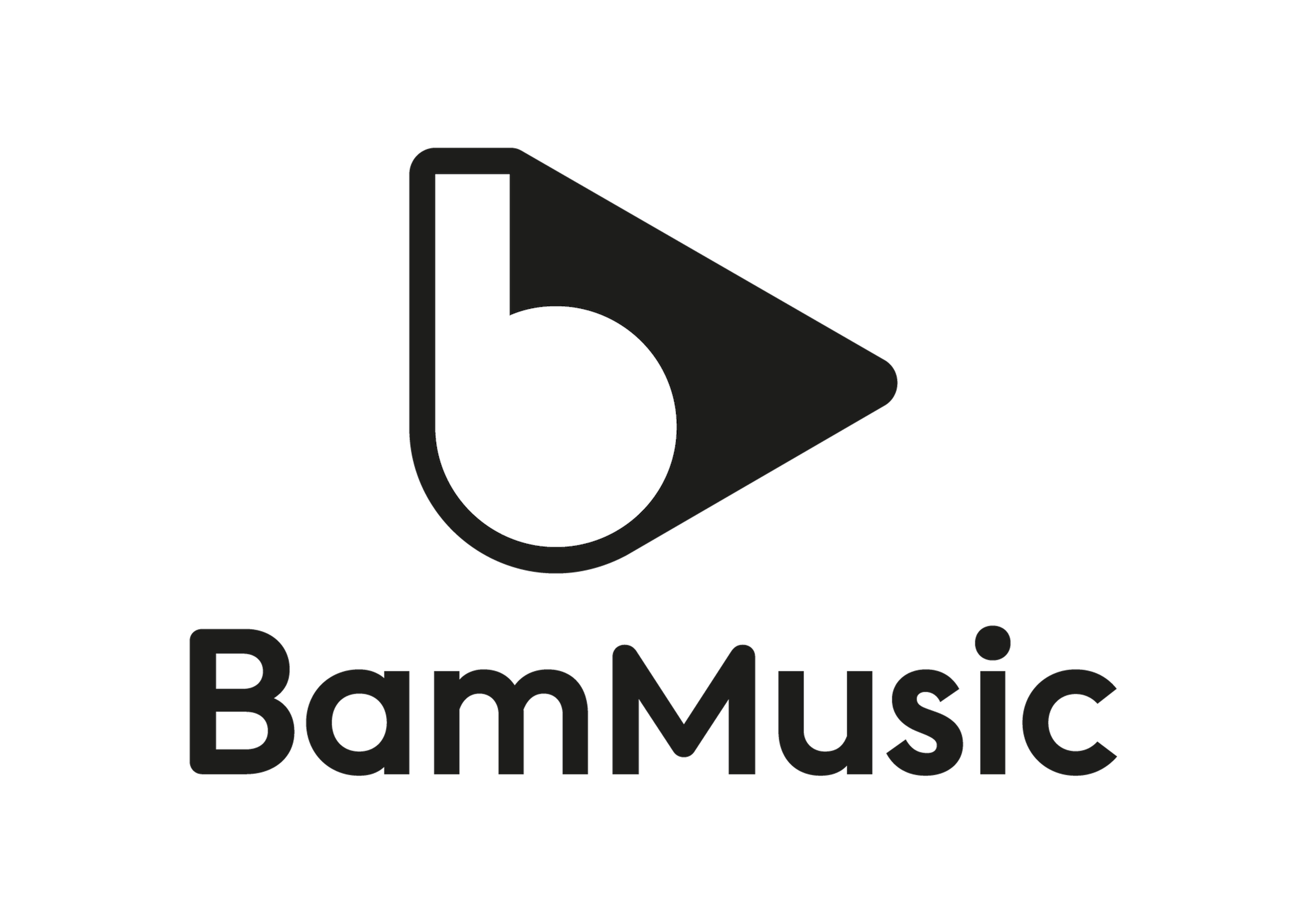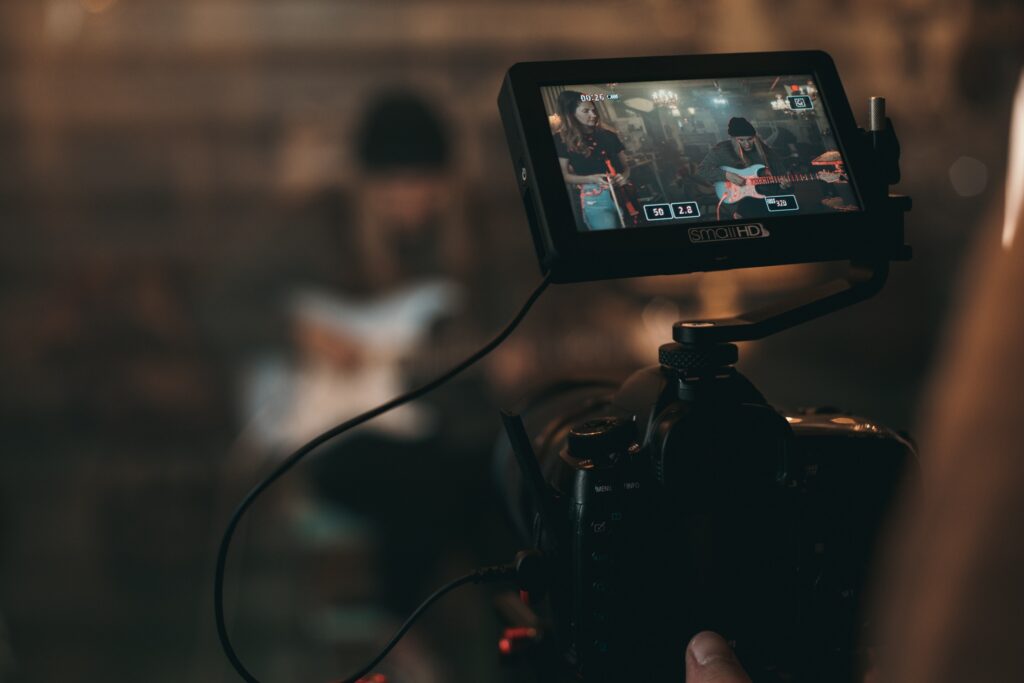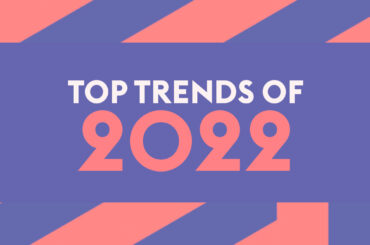Storytelling is not just a process, a method, or even a technique. It is an art. Why? Because it requires creativity, vision, skill, and of course, practice. It isn’t something you can grasp in one sitting, after one course – and we’re not talking about a meal. It’s a trial-and-error process of mastery that can take some time. Sounds like a lot of work huh? But believe me, there is something incredibly satisfying to captivating an audience with a well-crafted story. And if you’re reading this article, it’s because you know it and want to get there.
Once again, that’s when we scoop in to give you a few tips on How to become a great Digital Storyteller. Because we’re nice like that and also because we love sharing and it’s kind of our job. So, without further ado, let’s get this show on the road.
Forget about the gear
First and foremost, many think that buying the right tools or shooting at the exact frame rate as an award-winning filmmaker is what will magically make them better storytellers. But they couldn’t be more wrong. Gear is just means to an end. Your story begins way before you even lift up the camera to shoot it. It all starts with your intention, the message of your story, and how you are going to connect with your audience.
Don’t be self-centered, be human-centered
Any good story should bring people together. They are a universal language of sorts. We all understand the story of the hero, of the underdog, of the heartbreak. No one cares about stories they cannot relate to. Whether your story is about climate change, endangered species, or your grandpa’s addiction to dad jokes, you need to center these themes around the human experience. Your audience needs to be able to see themselves or someone they know in your story. Otherwise, they won’t care.
That is something Nike does extremely well. If you watch any Nike ad, it’s never about the product. Always about the athletes. And for Nike, if you have a body, you are an athlete. Doesn’t matter if you just started or if you’re a pro. Here is, in our opinion, the best example of it.
Define your audience
Once you figure out what human-centered themes you will include in your stories, you need to understand who your audience is. Because you can’t make a story everyone will 100% relate to even if you wanted. What makes a compelling story is your ability to understand your audience’s mind in a deep and meaningful fashion. These are a few questions that could help you with it:
- What motivates your audience?
- Where are they from?
- What do they do for a living?
- What problems do they need solutions for?
- What’s important to them?
- How will your perspective better inform your audience?
Why will this make you a great digital storyteller you might ask. Well, let’s get a bit real and technical right now. Defining your audience after defining your themes will also help you understand what emotions will be triggered by each shot of your video. And feelings are good, you want lots of feelings. Make them cry. Or laugh. Always up to you. But by creating a story that engages emotions, your audience will remember it more easily. That’s because stories heighten our ability to remember information by effectively attaching it to feelings. When we’re told a story, many chemicals get released into our brains. The three main being dopamine, oxytocin, and cortisol. Dopamine prevents people from losing interest, oxytocin helps them create and maintain deeper connections with the characters and cortisol helps create memories.
So in summary, give that man some chemicals! And woman, or non-binary person, whatever works for you, we’re all for the inclusion.
Get on (story)board

*choo choo noises*. The creative train is about to depart and you better not be late. Ok maybe it was a bit too much but we just love to joke. Anyway, nothing worth creating was done without a blueprint. Look at the Eiffel Tower or the Taj Mahal, they probably wouldn’t look the same if the construction workers didn’t have something to keep them accountable for the final idea. Well, stories are just the same. Creating a storyboard is a critical part of the storytelling process. It allows you to have a clear, well-thought-out visual strategy for your project. It will help you define what shots are needed to create the desired tone and what you need in order to prepare each shot.
Give your story a soul
If the visual part of your project is the body, then the music you use could definitely be called the soul. Pairing great music with your shots will enhance your digital story exponentially. That’s because music sets the tone for each moment and helps in triggering emotions. Some could even say that it lays the foundation for you to create the moments you want the audience to experience.
That’s why sometimes you find the music even before you have shot your video. So if you want to learn a bit more about music and video, check out our article Music, the centerpiece of any good ad where we tackle a bit of music theory. And if you’re really eager to read some more content, check out The Art of Picking the Perfect Track for Your Video. It could come in handy too. But for now, we bid you farewell!







